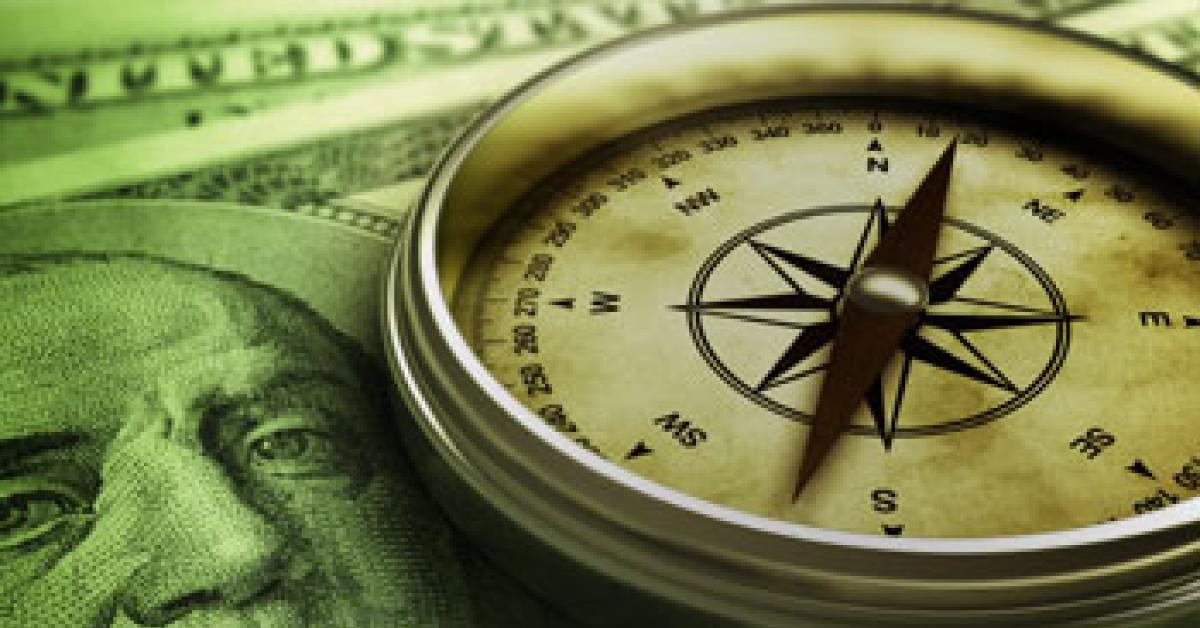CHICAGO — With the painful volatility of the stock market playing havoc with 401(k) and IRA accounts these days, building a nest egg sufficient to provide a comfortable retirement can be a challenging assignment. What makes the job even tougher is a tax provision that may come as a nasty surprise from Uncle Sam after you retire.
Those of us who can look with some degree of satisfaction at how well we are building our tax-deferred retirement accounts need to keep in mind that all withdrawals from our 401(k) and conventional IRA accounts will be taxed at our ordinary income tax rate, which can be as high as 35%. That needn’t be a problem for you in your early retirement years when you may make small withdrawals now and then to fill an occasional need. In fact, voluntary small withdrawals prior to age 70½ may be a way to soften the increasing tax bite soon to come.
However, once you reach age 70½, something the Internal Revenue Service calls Required Minimum Distribution (RMD) kicks in. From that point on, you must make a mandatory withdrawal based on an IRS table. That formula unrelentingly increases the size of the taxable withdrawal each and every year. The result can be a huge and unexpected yearly tax increase for anyone with even a modestly successful tax-deferred account. Fortunately, there is a technique that you can use to help minimize that financial burden.
During our working years, it makes good sense to follow conventional wisdom by keeping our capital growth investments in tax-deferred accounts where you can buy and sell assets with no tax consequences for any capital gains profits or dividend payments that may be generated, while keeping other investments such as CDs and money market funds in taxable accounts. After retirement, though, a complete reversal of that approach can be a smart move.
As an example, let’s say that at retirement you have $150,000 invested in equities or mutual funds inside your 401(k) and roughly the same amount in CDs or other cash equivalents in a taxable account. You could roll over your 401(k) into an IRA account and then sell all the assets within the IRA with no tax liability because they are still in a tax-deferred account. You could then use that money to buy CDs and/or bonds within the IRA. When you start to make withdrawals, you’ll still be paying your ordinary income tax rate—no tax savings there.
However, the other half of this equation is where you can make a big tax savings. By cashing in all of the bonds and CDs in your taxable account as they mature and using that money to buy the very same equities formerly held in your retirement account, you will maintain your same asset allocation, but with a very different tax consequence. As long as you hold an asset within your taxable account for at least a year before selling it, you’ll pay a maximum capital gains tax of 15% (at current rates) on any profits that you make. Further, if you have any losses in this new account, you can use them to offset any profits, reducing your tax bill even more.
After this switching of assets, you will have maintained your former asset allocation and thus have taken on no additional investment risk. You will still be paying your ordinary income tax rate on withdrawals from your IRA—no tax change there—but now you have reduced the tax burden on assets held outside of the IRA to a maximum 15% capital-gains rate instead of your ordinary tax rate.
Prior to switching of assets, you would be paying ordinary income tax rates on both the withdrawals from your IRA as well as any income generated by the CDs and bonds in your taxable account. By making this simple switch, using the example I described, one-half of your total portfolio has been switched from ordinary income tax rates to the maximum 15% capital gains tax without incurring any additional investment risk. Depending on your financial circumstances, this change could result in a substantial reduction in your after-retirement tax burden.
Income taxes are an important factor at every point in our financial lives, but they take on additional importance after retirement when the dependable flow of income during our working years comes to an end; that’s why doing everything possible to minimize your tax burden during your retirement years is well worth the effort involved.
Information in this article is provided for educational and reference purposes only. It is not intended to provide specific advice or individual recommendations. Consult an accountant or tax adviser for advice regarding your particular situation.
Have a question or comment? E-mail our editor Dave Davis at [email protected].

